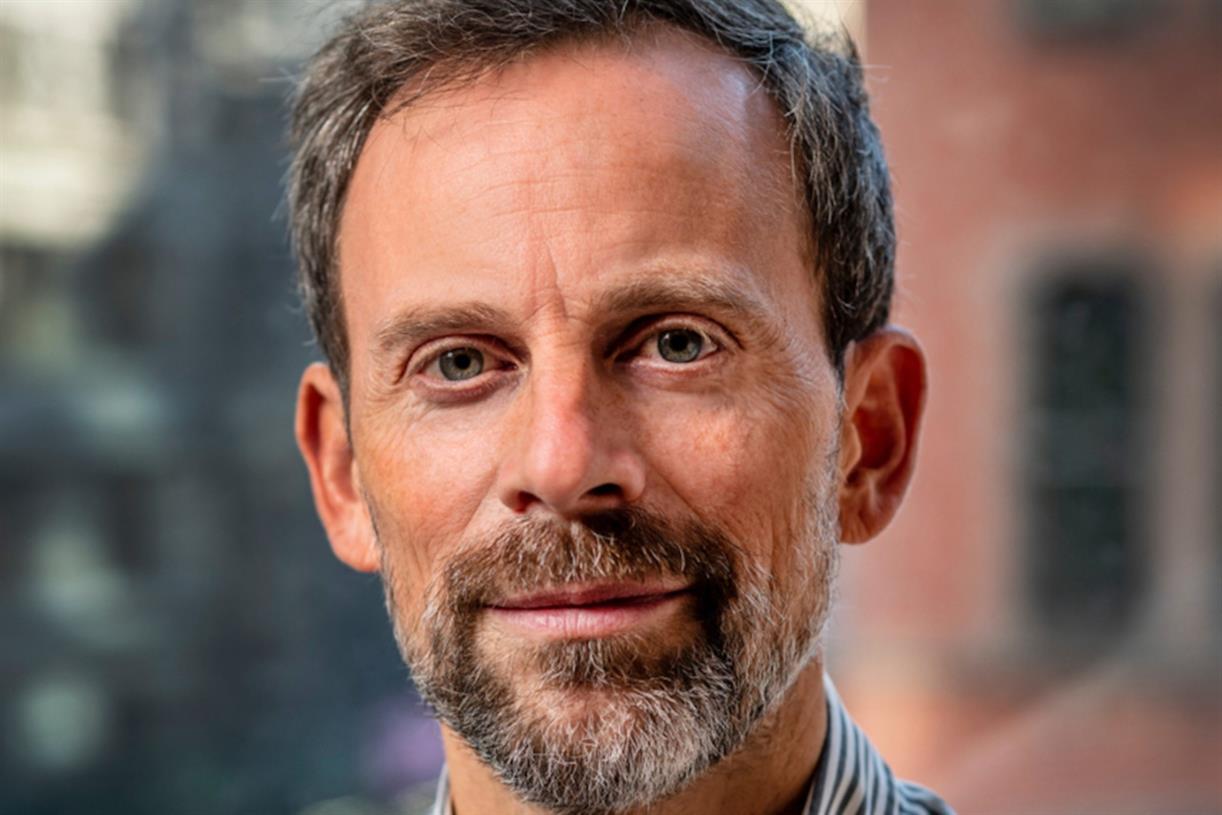Learning From the Dead
Carolyn Campbell shares how studying the famous Père-Lachaise Cemetery in Paris, France sparked an awareness of death that helped her wake up to life. The post Learning From the Dead appeared first on Lions Roar.

Carolyn Campbell shares how studying the famous Père-Lachaise Cemetery in Paris, France sparked an awareness of death that helped her wake up to life.

Père-Lachaise Cemetery, Paris. Photo by Caroyln Campbell.
When I think back to my grandfather dying when I was 11 years old, I don’t recall experiencing a sense of loss. I hadn’t known him very well, but what most left an impression on me about his death was the fascinating, yet scary nature of his burial. My grandfather was a lieutenant colonel in the Army. When he died, an elaborate military service was held in his honor at Arlington National Cemetery in Virginia. An assemblage of soldiers in uniforms adorned with ornate gold braid and carrying shimmering swords at their belts lifted his casket from the back of a hearse and gently placed it onto a shiny black wagon drawn by six gray horses. A military chaplain read the eulogy, after which a trio of soldiers stepped forward. They took the large flag from atop the casket, and in a series of amazing, synchronized movements, folded it into a neat triangular bundle. One of them handed the bundle to my grandfather’s widow.
I find joy in cemeteries, and thus with life itself.
At one point during the service, 11-year-old me tried to get the stern-faced soldiers to smile by making faces at them, but my mischief came to an abrupt halt when the explosion of a multi-gun salute shattered the silence. It felt like we were under attack. My body stiffened as the lone bugler’s playing of “Taps” sounded like a mournful cry echoing around me. I was terrified, especially when I noticed my mother break down sobbing.
In my twenties, I thought my artist, musician friends, and I were immortal. We survived an era of sex, drugs, and rock and roll. But after reading rock legend Jim Morrison’s biography No One Here Gets Out Alive, I realized that my escaping death had little to do with immortality and much more to do with good fortune.
In 1981, I took my first trip to Paris, France, and coincidentally made a pilgrimage to the grave of my literary hero Oscar Wilde in the world-famous Père-Lachaise Cemetery. While exploring this 107-acre labyrinth of winding cobblestone paths, landscaped gardens, and ornate mausoleums, I became intoxicated with a world of funerary art and history where renowned artists, writers, actors, filmmakers, and musicians rested. It informed a great part of my life. I have always been interested in artist biographies, culture and design. The cemetery tapped into all these passions. I focused on these topics as I began a research and photo documentation project, eventually publishing a book in 2019. I’ve been coming back ever since.
My perception of life and death while photographing the cemetery over 40 years changed dramatically when I started a meditation practice. Novelist Honoré de Balzac, who is buried at Père-Lachaise, once said, “I seldom go out, but when I feel myself flagging, I go out and cheer myself up in Père-Lachaise…while seeking out the dead I see nothing but the living.”
His statement struck me as odd, though learning about the deaths and burials of famous people in the cemetery like Edith Piaf, Jim Morrison, Marcel Proust, Gertrude Stein, Frédéric Chopin, Isadora Duncan, and Amedeo Modigliani brought them to life for me. I also realized that all their creativity and fame didn’t spare any of them — they still died.
Paradoxically, I found the cemetery to be very much alive. Birds warbled in the trees overhead, parents strolled with chattering children in search of an older relative’s grave, and the bleakness of winter eventually surrendered to springtime, where flowers cascaded from urns and planters on every tomb. Rebirth was everywhere.

Père-Lachaise Cemetery, Paris. Photo by Carolyn Campbell.
Midway into studying Père-Lachaise and the cultural icons interred there, I became a student of Tibetan Buddhism, the teachings of which helped me make Buddhist practice a lived experience. The Buddhist path does not exist solely on the cushion or in class. Walking in Père-Lachaise with intention delivered an entirely new experience. In one instance, I stood amid a grove of headstones. Unlike my previous visits, where the winds stirred the leafy green tree canopy above and birdsong filled the air, there was total silence. Everything was completely still. It felt like I had stepped into another dimension. I rested in my breath. It was weird, yet there was no fear, only experience. Something had opened. It is a mystery still.
Back home in Los Angeles, I wanted to work with dismantling habituated patterns and began to study death and impermanence practices. My teacher proposed that I take death with me each day in the backseat of my car by imagining my death every time I came to a stoplight. In the car-centric culture of Southern California, driving meant a lot of potential encounters with death. When stopped at an intersection, I used mindful breathing and imagined the physical sensations of death — everything dark, my body cold and stiff. All that was left undone in my life flashed before me. Fear, agitation, and tension arose, but it helped me to open a little more, and then even further.
I don’t know exactly when my fear of death and change fell away, but it did. In the decades since I began this practice, I’ve seen that everything is impermanent: friendships, jobs, health, finances, institutions, and creative ventures. The more fully I relate to death, the more fully I relate to life. Accepting that I and everyone I know will die enables me to savor every moment. As the writer Colette, another Père-Lachaise resident, quipped, “What a wonderful life I have had. If only I had realized it sooner.”
Awareness of death helped me wake up to life. Not unlike Balzac, I find joy in cemeteries, and thus with life itself.

 Astrong
Astrong 







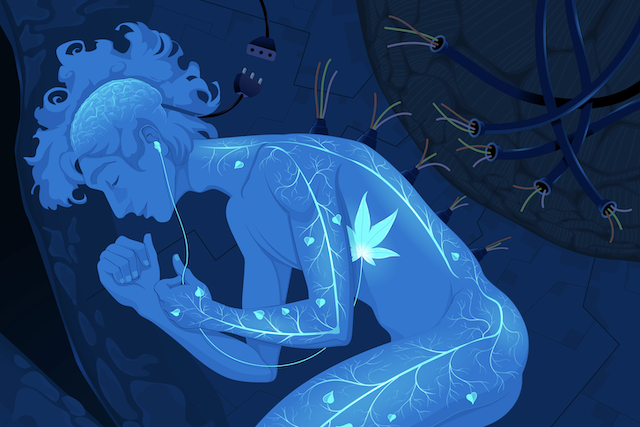
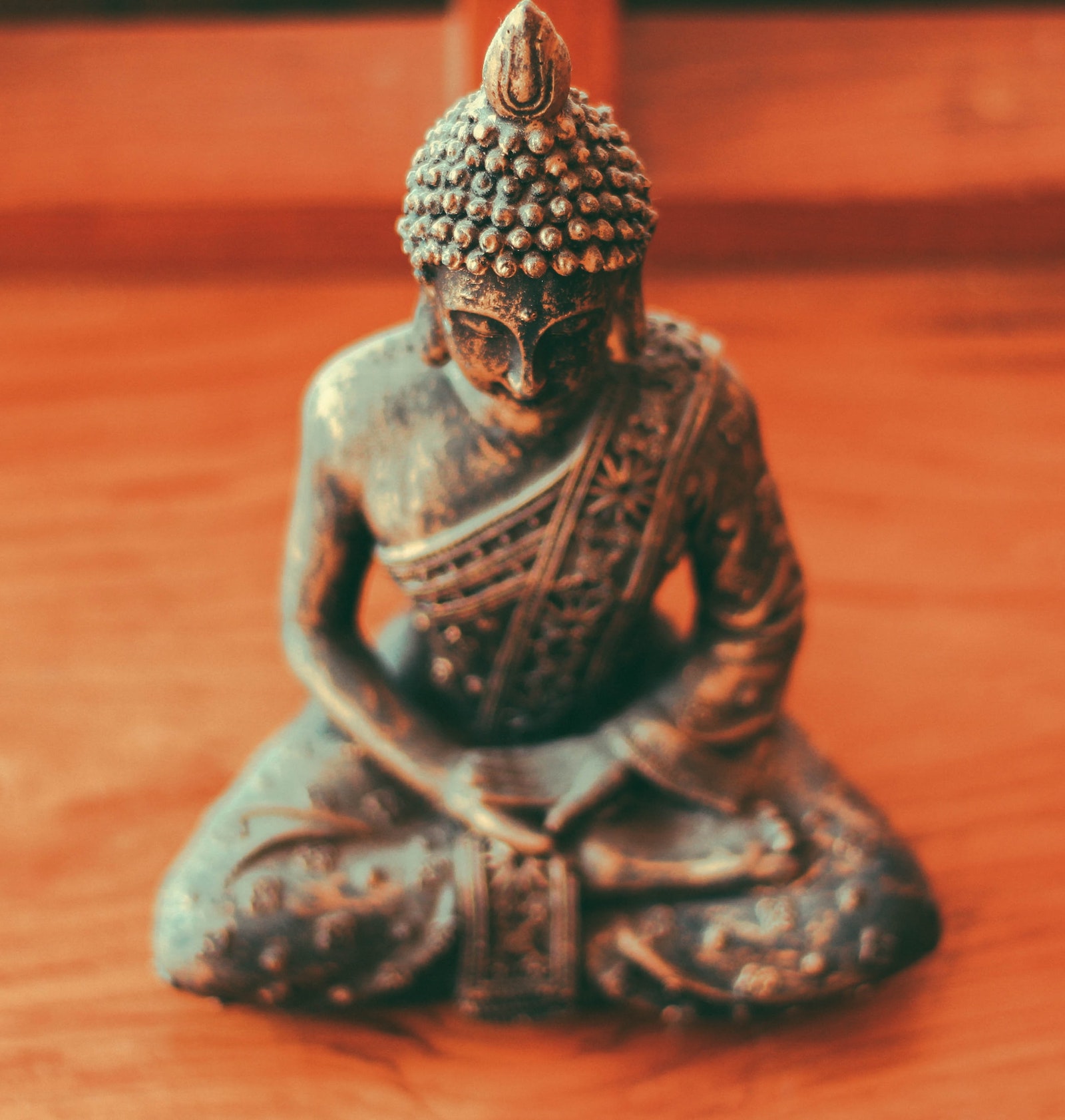
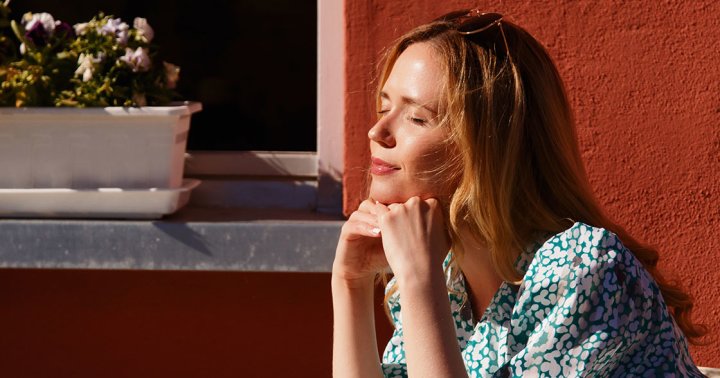









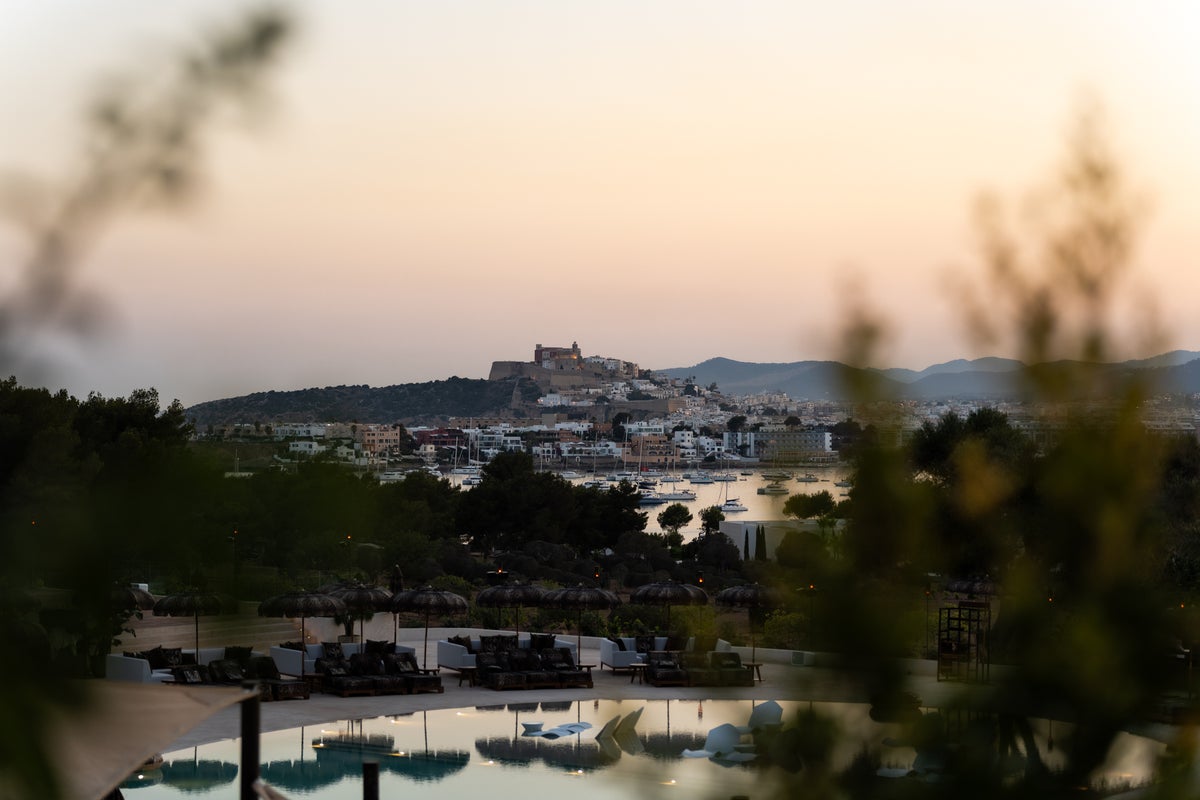
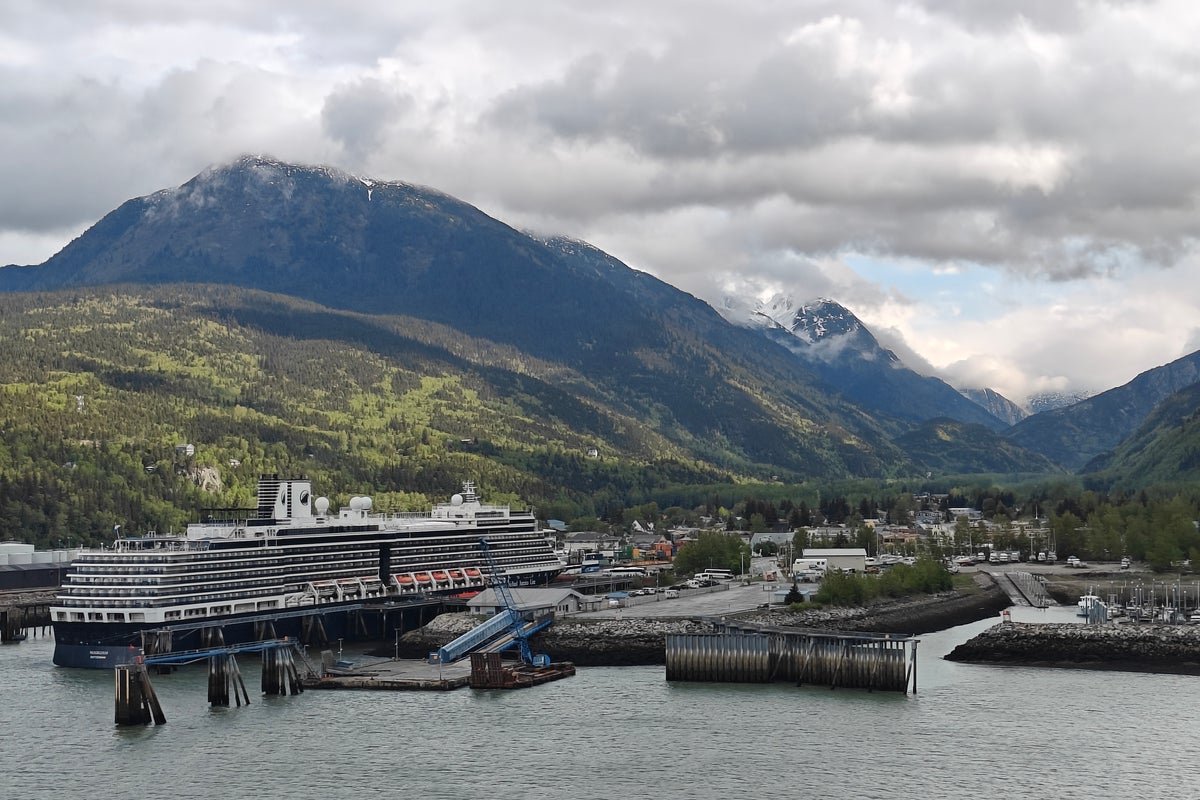
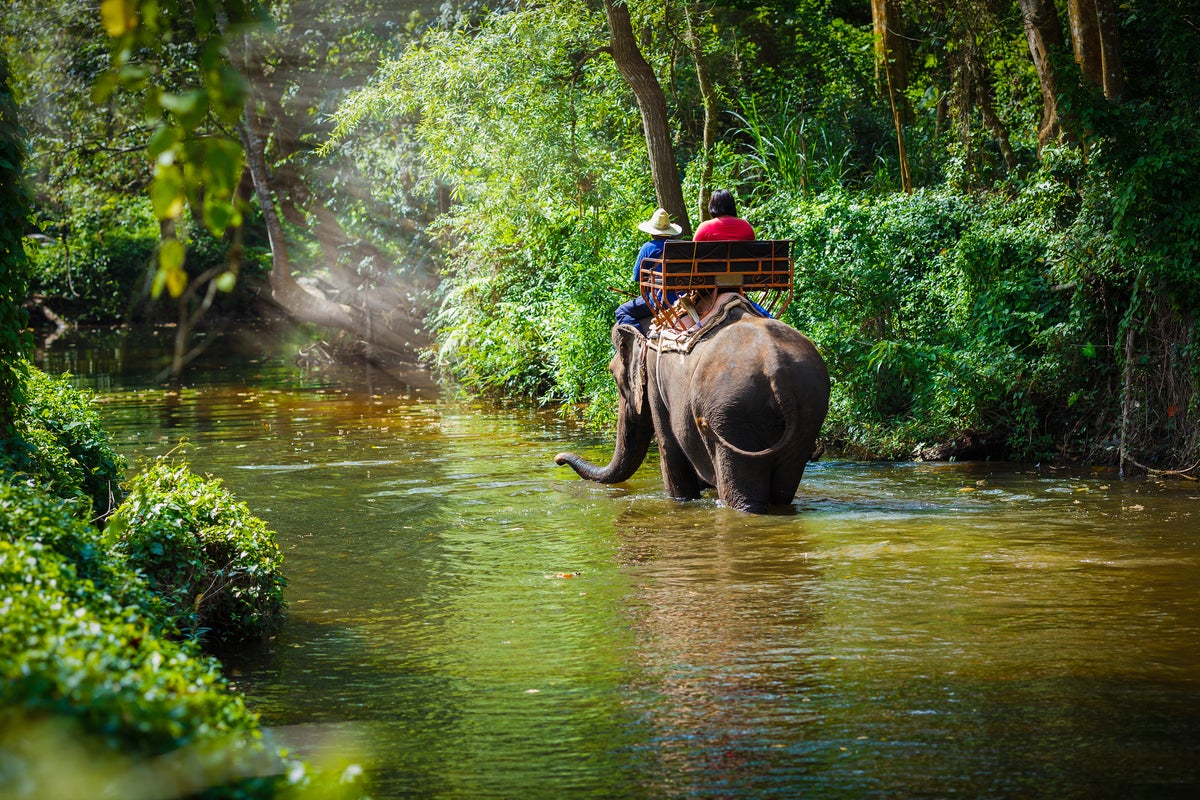


.jpg&h=630&w=1200&q=100&v=f776164e2b&c=1)
